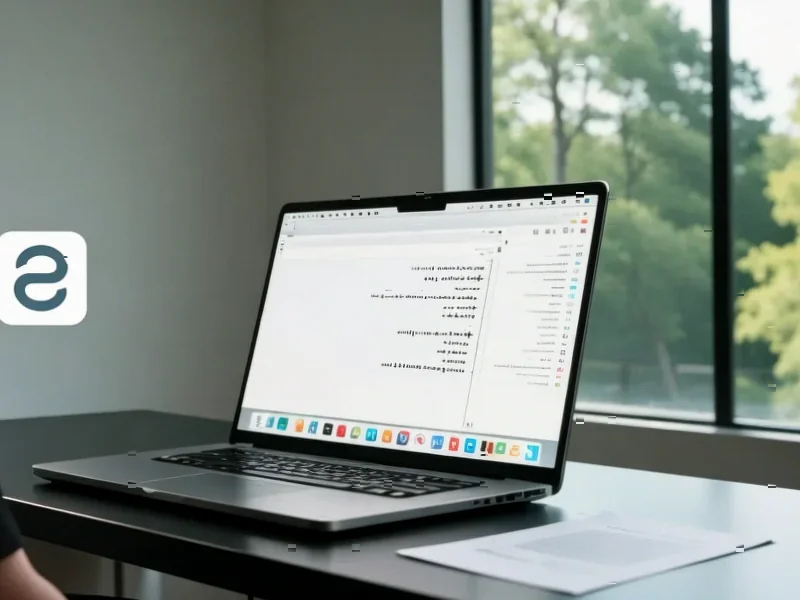According to XDA-Developers, TiVo has ceased manufacturing and selling new DVRs while removing hardware upgrades for existing users, effectively ending the iconic brand’s hardware era. The company, now a Xperi subsidiary, quietly removed DVRs from its product list without formal announcement. For those seeking TiVo-like functionality without subscriptions, TVHeadend offers a Linux-based open-source alternative with live TV streaming, multi-tuner recording, and integrated program guides.
Table of Contents
Understanding the DVR Evolution
The digital video recorder market has undergone dramatic transformation since TiVo’s 1999 debut revolutionized television viewing. Initially positioned as premium hardware with sophisticated features like season pass recording and wishlists, TiVo’s business model relied on both hardware sales and recurring subscription fees for guide data. The shift toward open-source software solutions represents a natural evolution in media consumption, mirroring broader trends in technology where proprietary systems give way to community-driven alternatives. This transition reflects consumer demand for greater control over their media ecosystems without vendor lock-in or recurring costs.
Critical Analysis of DIY DVR Solutions
While TVHeadend offers compelling advantages, the DIY approach presents significant technical barriers that mainstream consumers may find daunting. Setting up and maintaining a server environment requires networking knowledge, hardware compatibility awareness, and troubleshooting skills that extend beyond typical consumer capabilities. The reliance on community support rather than corporate customer service means users must be comfortable navigating forums and documentation when issues arise. Additionally, the legal landscape surrounding recording and streaming content remains complex, with potential copyright implications that open-source solutions don’t typically address.
Industry Impact and Market Shifts
TiVo’s hardware exit reflects broader cord-cutting trends that have reshaped the media landscape over the past decade. The company’s pivot toward software and intellectual property licensing through Xperi indicates where the real value now lies in the DVR space. Meanwhile, the rise of platforms like YouTube TV, Hulu Live, and other streaming services has commoditized many DVR features that were once revolutionary. The Raspberry Pi and similar single-board computers have democratized home server capabilities, enabling sophisticated media centers at consumer price points that were previously unimaginable.
Future Outlook for Personal Media
The trajectory suggests continued fragmentation between convenience-focused streaming services and control-oriented self-hosted solutions. While mainstream consumers will likely gravitate toward integrated streaming platforms, tech-savvy users will increasingly embrace open-source alternatives that offer customization and data ownership. The TiVo brand’s decline as hardware doesn’t necessarily signal the end of time-shifted viewing, but rather its evolution into more distributed forms. As internet connectivity becomes more reliable and storage costs continue to decline, we can expect further innovation in personal media management that blends cloud convenience with local control.



